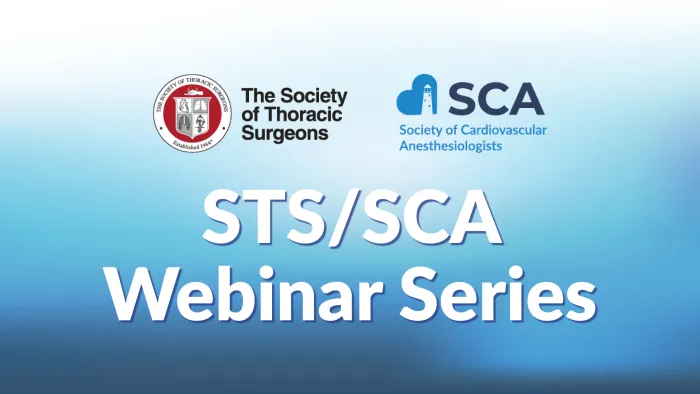This webinar reviews significant lung infections such as mucormycosis, tuberculosis, and hydatidosis. Our expert panel of speakers from the United States and Latin America will discuss controversial topics on these three diseases, state-of-the-art management, and different options in surgical approach.
